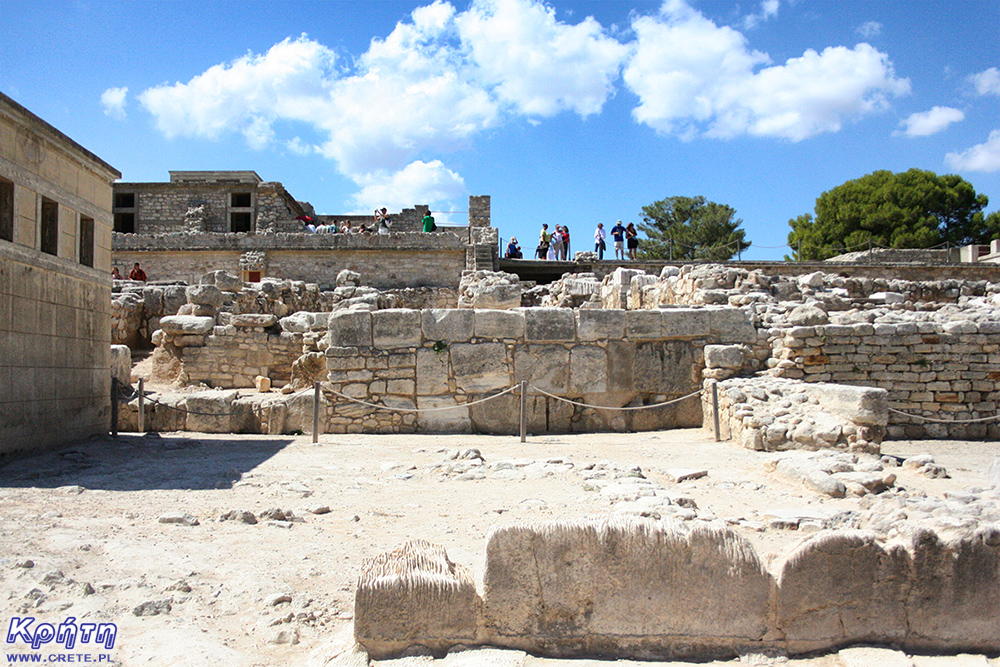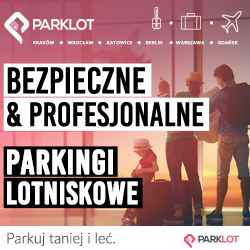
 2023-03-16 19:08:51
2023-03-16 19:08:51
123 years ago, on March 16, 1900, the workers of Sir Arthur Evans began the first excavations in what is today the most visited archaeological site in Crete, i.e. the palace of Knossos. On this occasion, it is worth recalling that the history of the discovery of this place did not begin with the famous Englishman.
An additional bonus today is the information that the Greek Ministry of Culture and Sports has made public. With the support of a number of scientific institutions and the Region of Crete, a serial nomination application was submitted for the registration of six Minoan Cretan palaces on the UNESCO World Cultural Heritage List. The palaces included in this application are, in addition to Knossos, the palaces of Phaistos, Malia, Zakros, Kydonia and Zominthos.
The locals have long known that the hill of Kefala, or Knossos, holds the secrets of a distant history. Landslides, which happened here after heavy rains, exposed fragments of a long-dead civilization. After many centuries, fragments of old walls and picturesquely decorated clay vessels were peeping at the daylight again, clearly suggesting what the earth hides in this place.
In April 1879, Minos Kalokairinos, a Greek merchant and antiquarian from Heraklion, gathered twenty laborers to excavate part of the hill. During these first cursory excavations, they dug up 12 huge pitos, or large earthenware jars. For political reasons, however, the work was stopped quite quickly. Kalokairinos did not keep his discovery a secret, so many scientists and foreign institutions quickly became interested in them. Everyone started applying for a concession to conduct excavations.
Not only the French or Americans fought for the rights to the hill, but also Heinrich Schliemann, who became famous for discovering Troy and Mycenae. Schliemann, apart from having a considerable fortune, also had an archaeological nose. In 1883, he made an official request to the then Turkish authorities for permission to start excavations on the hill of Knossos. This is yet another proof of the explorer's instinct, because Schliemann had not even seen the hill in person until then.
The owner of this lot initially demanded 100,000. francs for the opportunity to explore the entire area. However, in 1889 it was finally sold to Schleimann for only 40,000. francs. What was the catch of such a large discount? Well, in fact, the explorer of Troy bought a much smaller share than he originally assumed. The first findings covered an area covered by 2,500 olive trees. However, the clever owner, in Schliemann's absence, reduced the land on display to just 888 trees. When Schliemann learned of this creative shift, he eventually gave up on closing the deal. Even if the ownership had been transferred, the famous German would not have made another spectacular discovery, as he died only a year later.

And this is where Sir Arthur Evans, whom everyone associates with the discovery of the most famous Minoan palace in Crete, enters the scene. Evans made regular visits to Crete in the late 19th century, where he conducted regular cave explorations. He also began to apply for the rights to the famous hill hiding the distant history of the Minoans.
In 1898, the Turks withdrew from the island and Evans took advantage of the political changes that took place in Crete. Supported by the British consul and some Greeks, he started negotiations with the new autonomous government in Chania. Ultimately, Evans paid for Knossos and the part of the valley that surrounded the hill .... 435 pounds. The flag of the United Kingdom was flown over the newly purchased land, and on March 16, 1900, the workers hired by Evans dug in the first shovels.
Although today much of the work done by this British archaeologist is considered by current scientists to be very primitive and brutal, it must be admitted without the slightest doubt that it was Sir Arthur Evans who had the greatest influence on the current nature and appearance of these excavations.
 2023-03-16 19:08:51
2023-03-16 19:08:51


Komentarze
komentarz z
Szkoda, że Knossos to szkaradek w stylu hollywoodzkiego kiczu.
Wypełnij poniższy formularz aby dodać komentarz
lub kliknij w poniższy link aby skorzystać z możliwosci komentowania przez facebooka:
https://www.facebook.com/crete.poland/posts/586184330222502